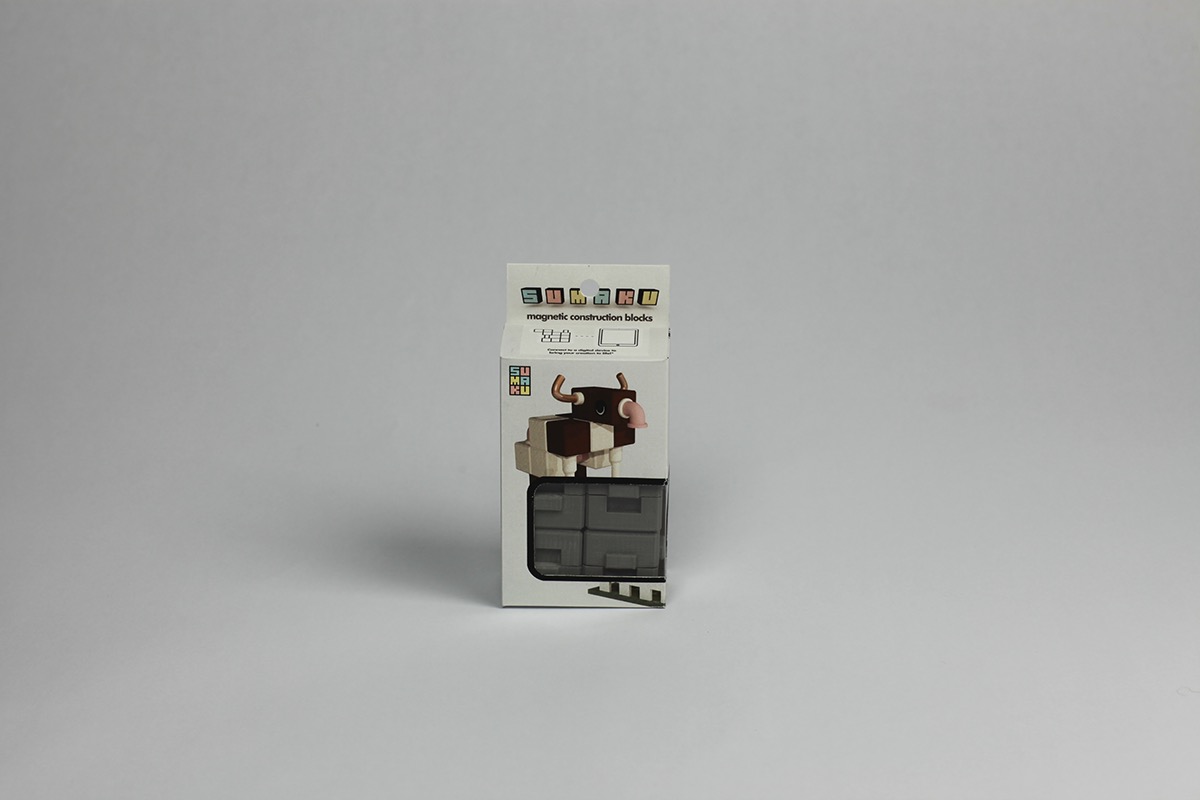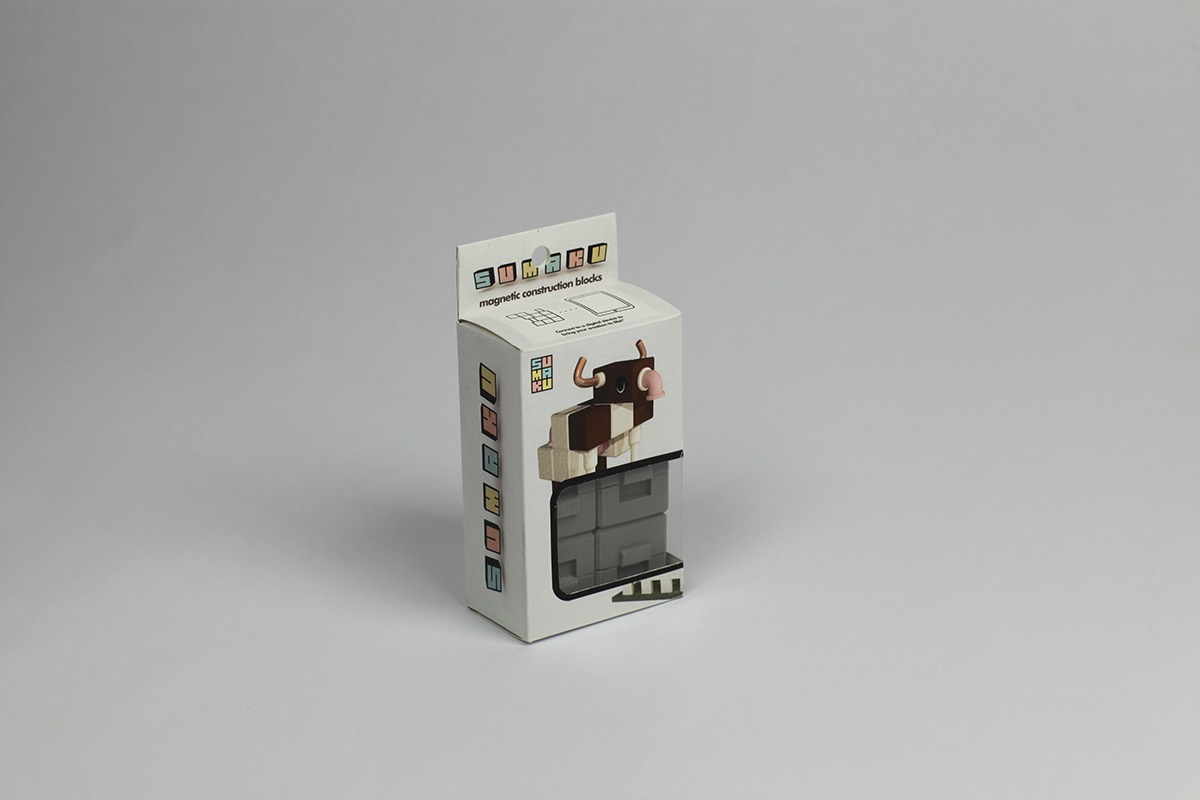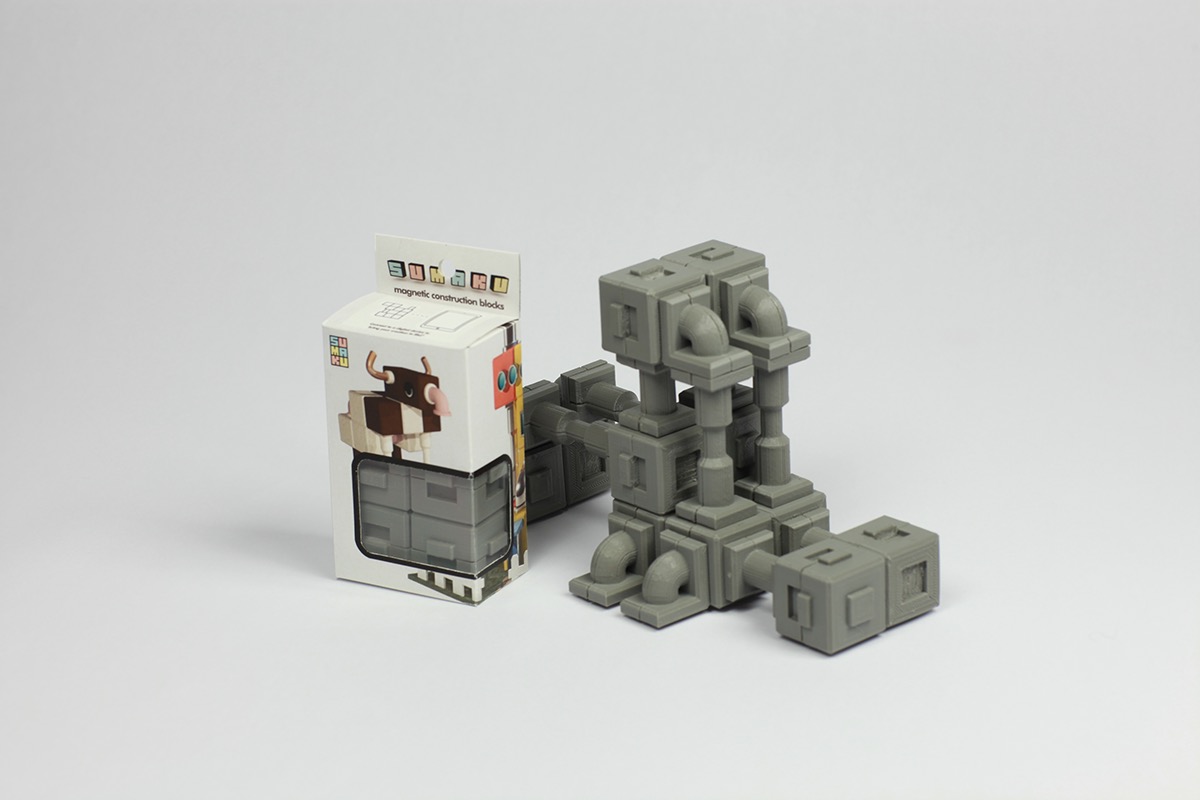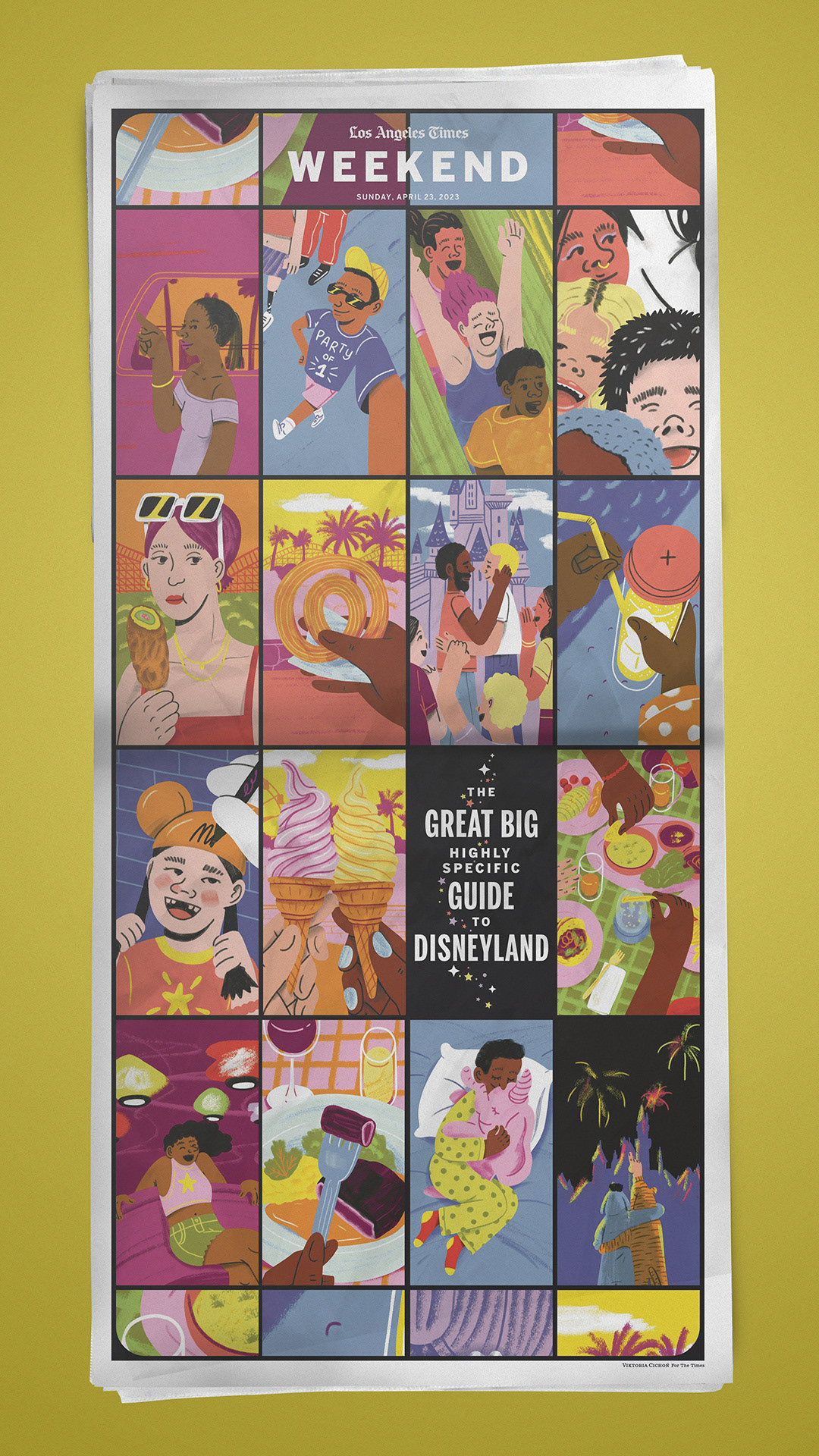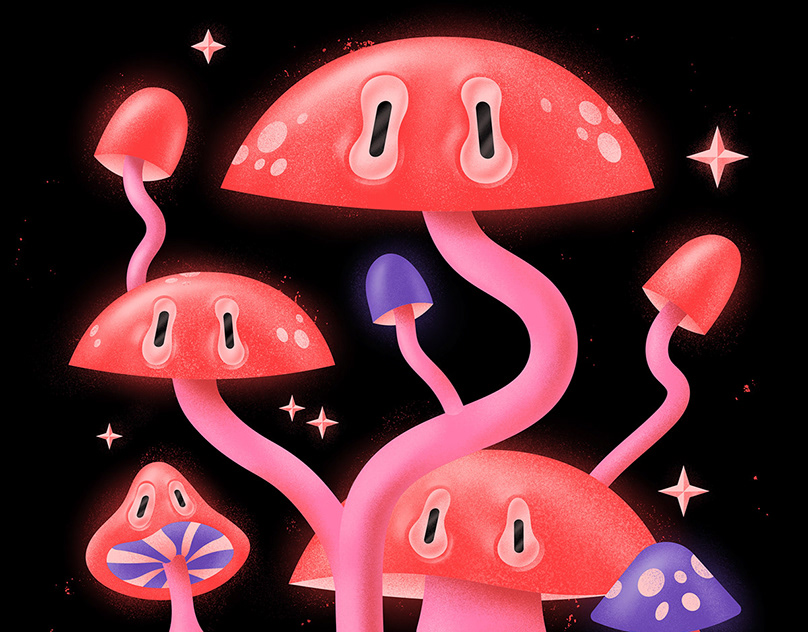For this project, we were asked to identify a problem and design a product as a solution to the problem. I focused my topic on the toy industry, and how children today are more drawn to mobile and tablet games than physical toys. After researching into different types of toys and talking to Yusun-- a mother and a toy designer herself-- it seems clear that the toy industry has responded to the problem with phygital toys-- physical toys with a digital aspect, usually allowing the toy to connect to an app. Phygital toys can capture a child's attention through both the physical toy aspect and the game app aspect.
However, even though companies have come up with numerous solutions to the phygital toy, there are limitations to some aspects of each toy. For example, toys like Skylanders provide kids with great gameplay and characters inside the video game, however the playability of the physical figurines is quite low. Or in the case of Lego Fusion, even though kids can scan their creation into an app, the creation could only be 2-dimensional shapes which get extruded into a 3-dimensional form inside its app.
By drawing inspiration from toys on the market and trying to solve the limitations I've seen in other phygital toys, I came up with my own phygital toy-- Sumaku. Sumaku is a magnetic construction toy, with a corresponding game app, Sumaku City.

First I will introduce the physical component of the toy. The basic construction block is the cube. Each cube has a cube of magnet on the inside, which allows for connection with other cubes.

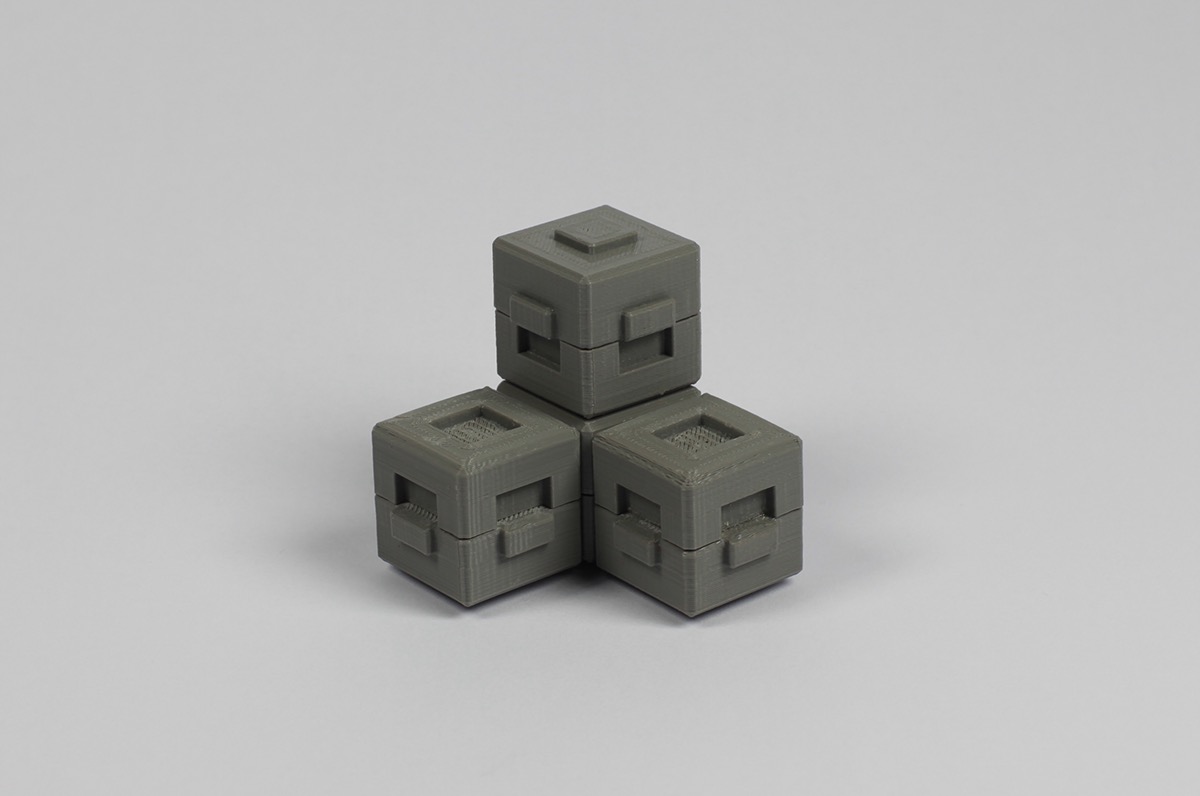
The various indents and extrusions on the faces of the cube serve several purposes. Magnets attract each other by the polarity, south to north, but that only allows for connection in 1 direction, end-to-end. However, I found that there are in fact 2 ways for a magnet cube to attract another magnet cube. Graph below shows the two positions in which two cubes of magnet could attract each other, with colors indicating the polarity.

These two types of attraction allow cubes of magnets to connect to other cubes on all faces. The indents on the faces of the Sumaku cube indicates the polarity of the face. In order to connect a cube to another, one just has to make sure that the indents and extrusions on the two connecting faces match up. They serves as a visual cue for the user to determine whether or not two faces will attract before they attach the cube. They also make it easer to secure the cubes in position, because the indents and extrusions guide themselves into each other, and keep the cubes from rotating once they are attached.

In addition to cubes, there are also connection pieces. As seen below, there are 3 types of connection-- short, long, and 90 degree bend. Each connection piece contains two smaller magnets on the inside, one at each end of the connection.
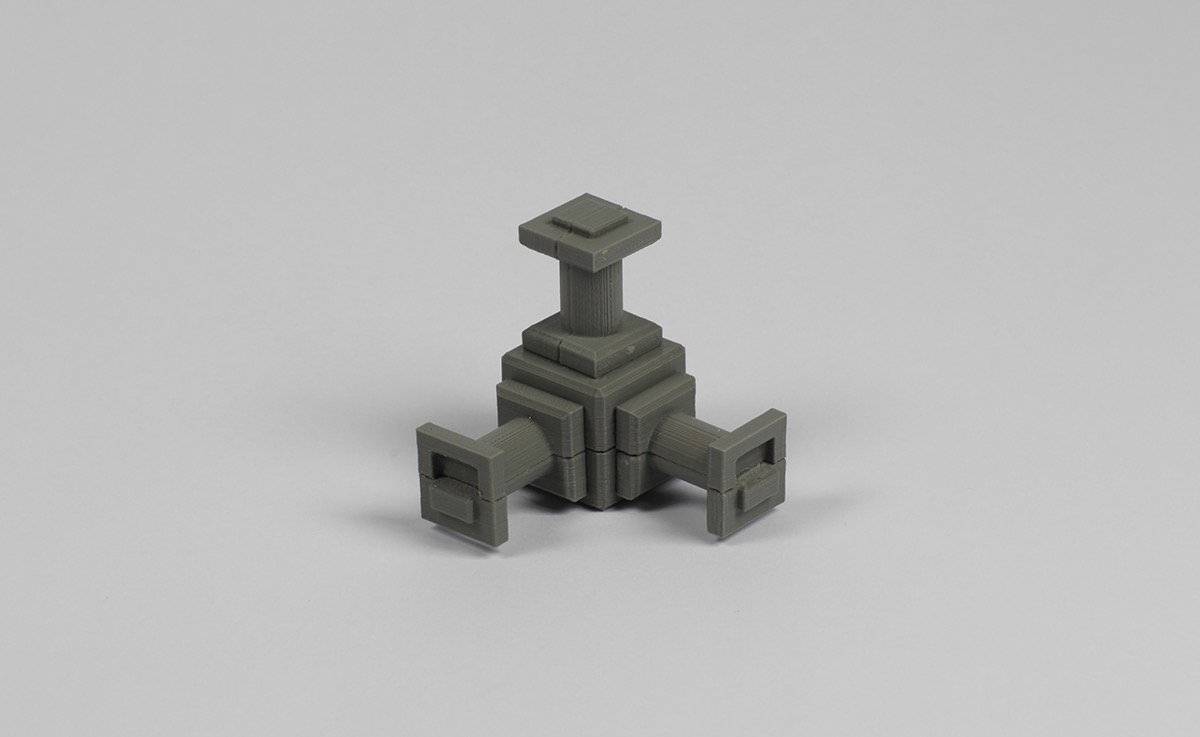

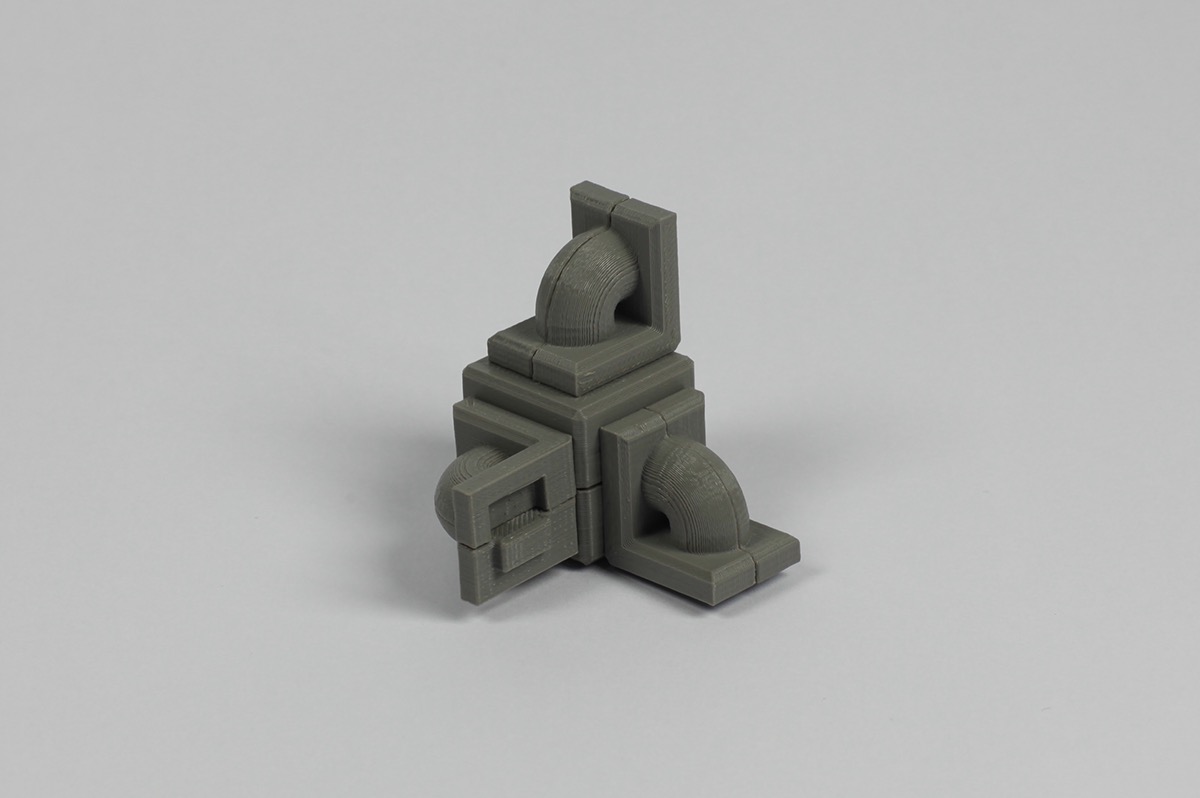
Because the connection pieces also have to take into account the different polarities of faces on the cube, each connection piece has variations, allowing them to be connected to any face. This makes for a total of 8 different parts, including the cube.

Combining all the pieces above, the possibilities of construction is limitless.



The prototypes are all 3D printed in two pieces, epoxied together with neodymium magnets in the center. They are all printed in grey, however I imagine the final product to be colorful in order to attract children's attention. The exact colors that the pieces come in could vary in the end, but below is a colorized photo to get a sense of the toy in color.
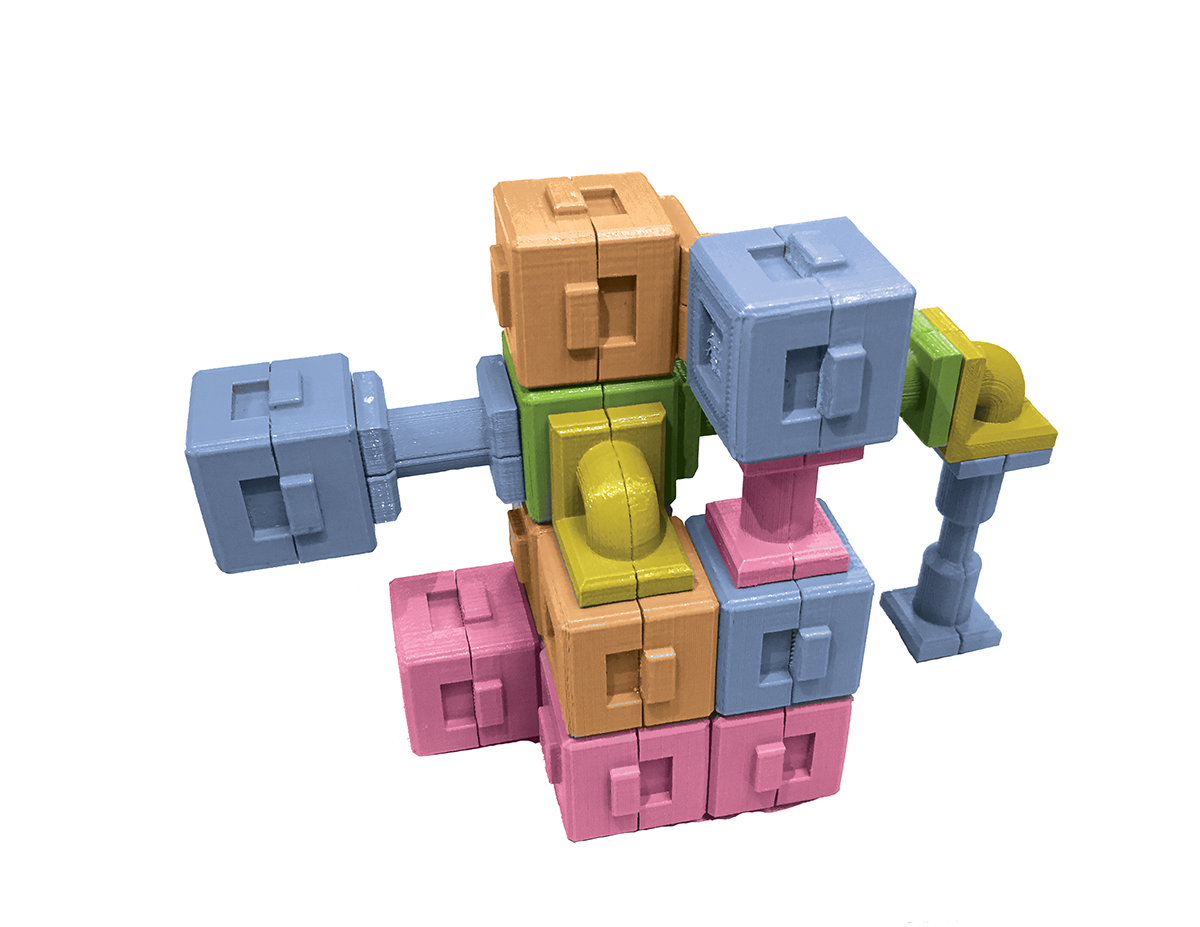
The second part of the toy is the digital component. The concept is that after assembling the pieces, a Command Cube can be used to read the shape of the assembly and transfer the information into a mobile or tablet device via electronics that would be inside each part. Drawings below show the initial concept of a spaceship themed game.

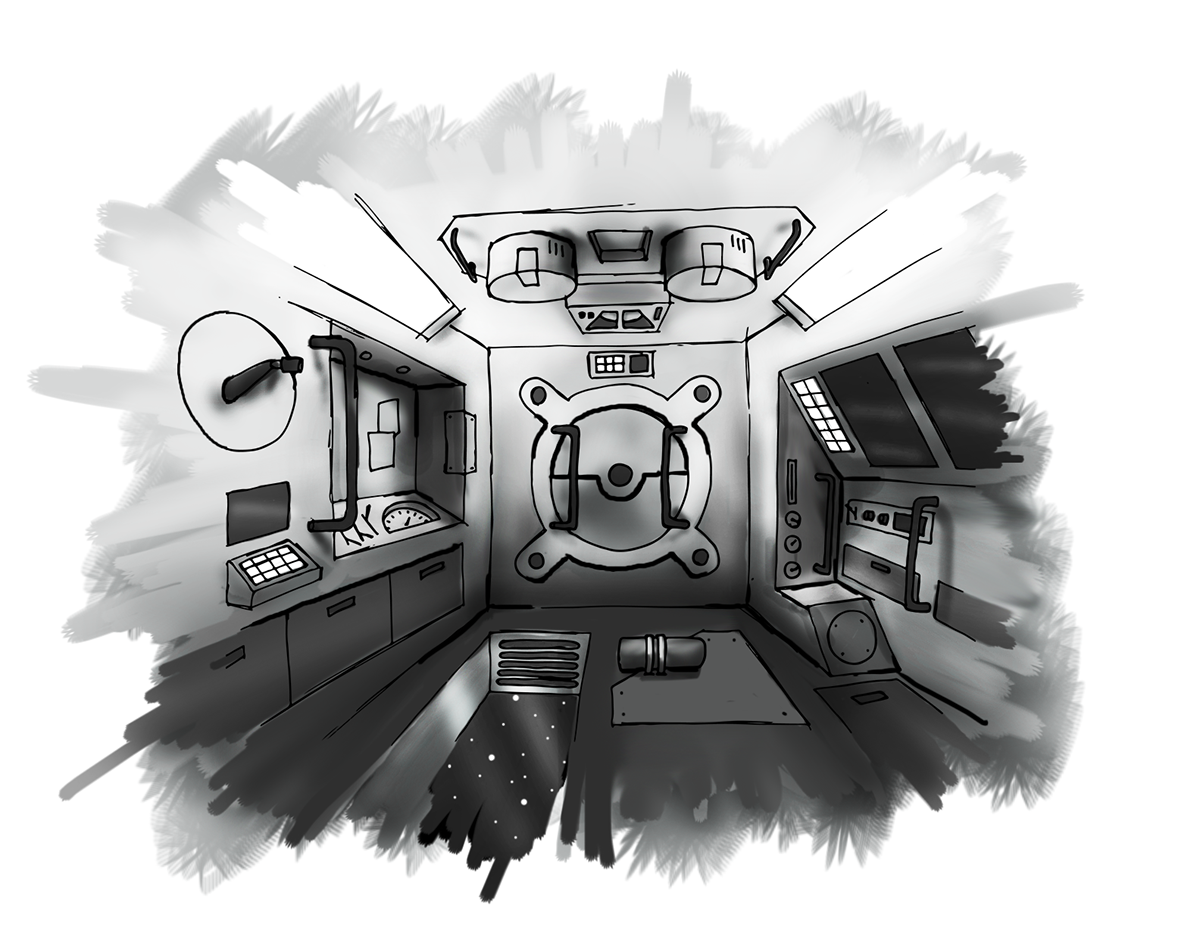
However, after further discussion with Yusun, it seems that a more playful theme better suits the audience of younger kids, and a spaceship theme may not fully explore the nature of the toy.
The final app concept I decided on is a game where the player gets to create their own city and citizens within it. This game would combine the architectural nature of the construction toy and children's interest in creating their own characters. However the theme of gameplay does not have to be narrowly determined, for the form of the toy lends to various game themes which could be developed.
Below are photos of assemblies and renders of what they could look like inside the game app. The player will be able to decorate their creations with various accessories inside the game.


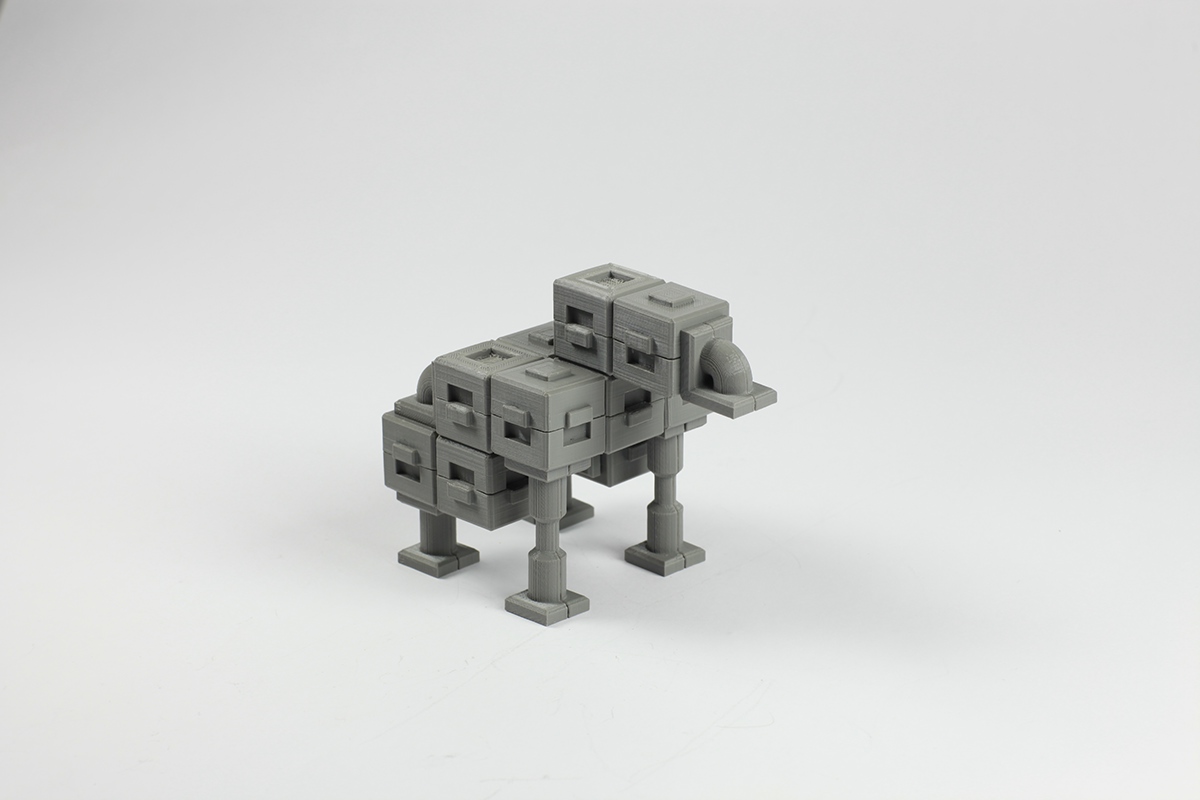
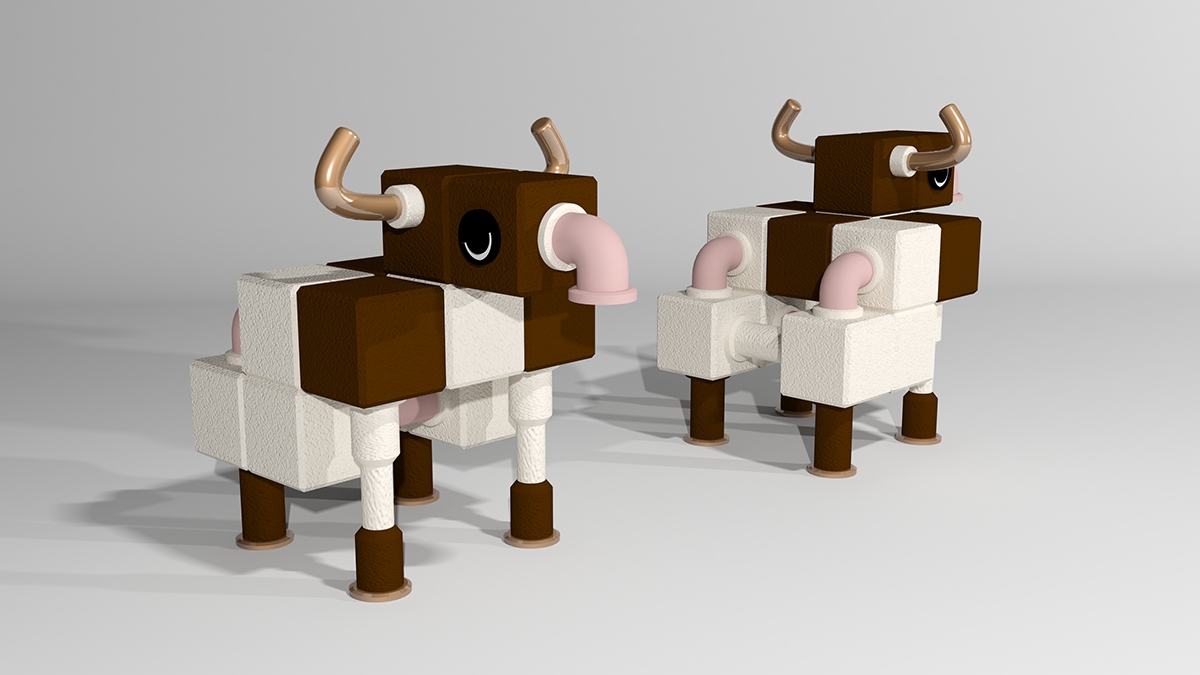
This line of toy would be sold in various packaging sizes depending on the price point. Each size would contain a different number of pieces. I mocked up one of the packagings, this one being a beginner pack containing fewer pieces.
